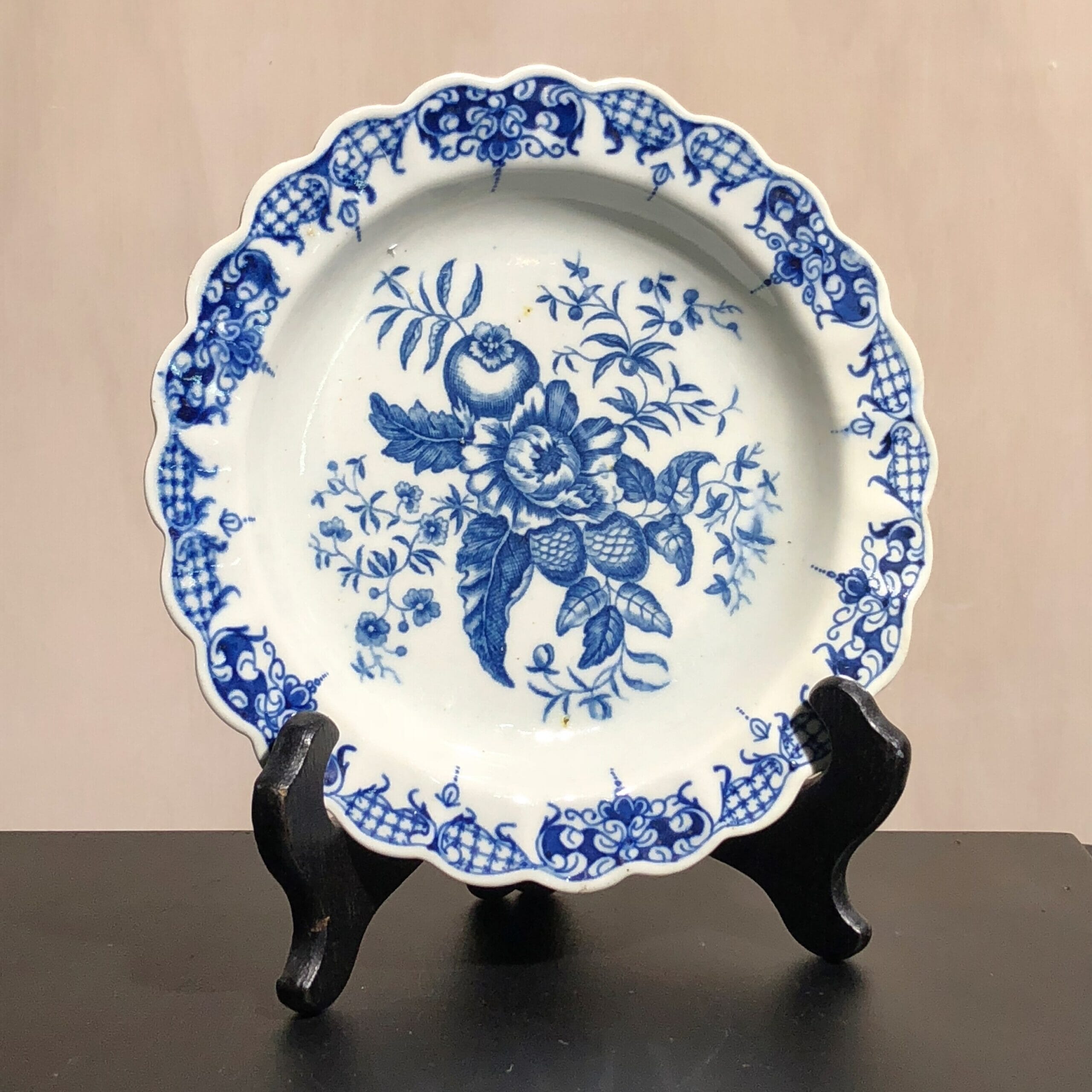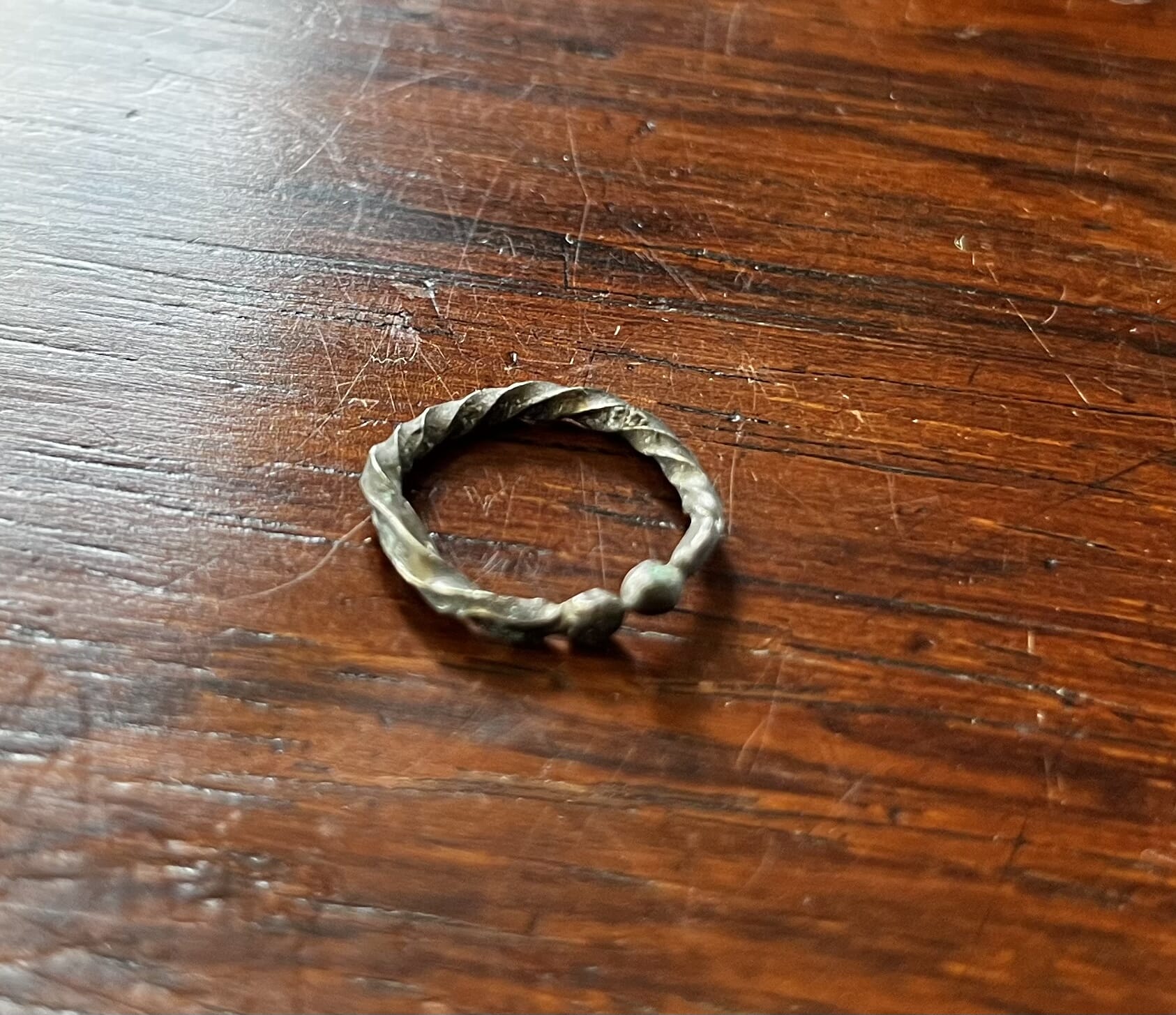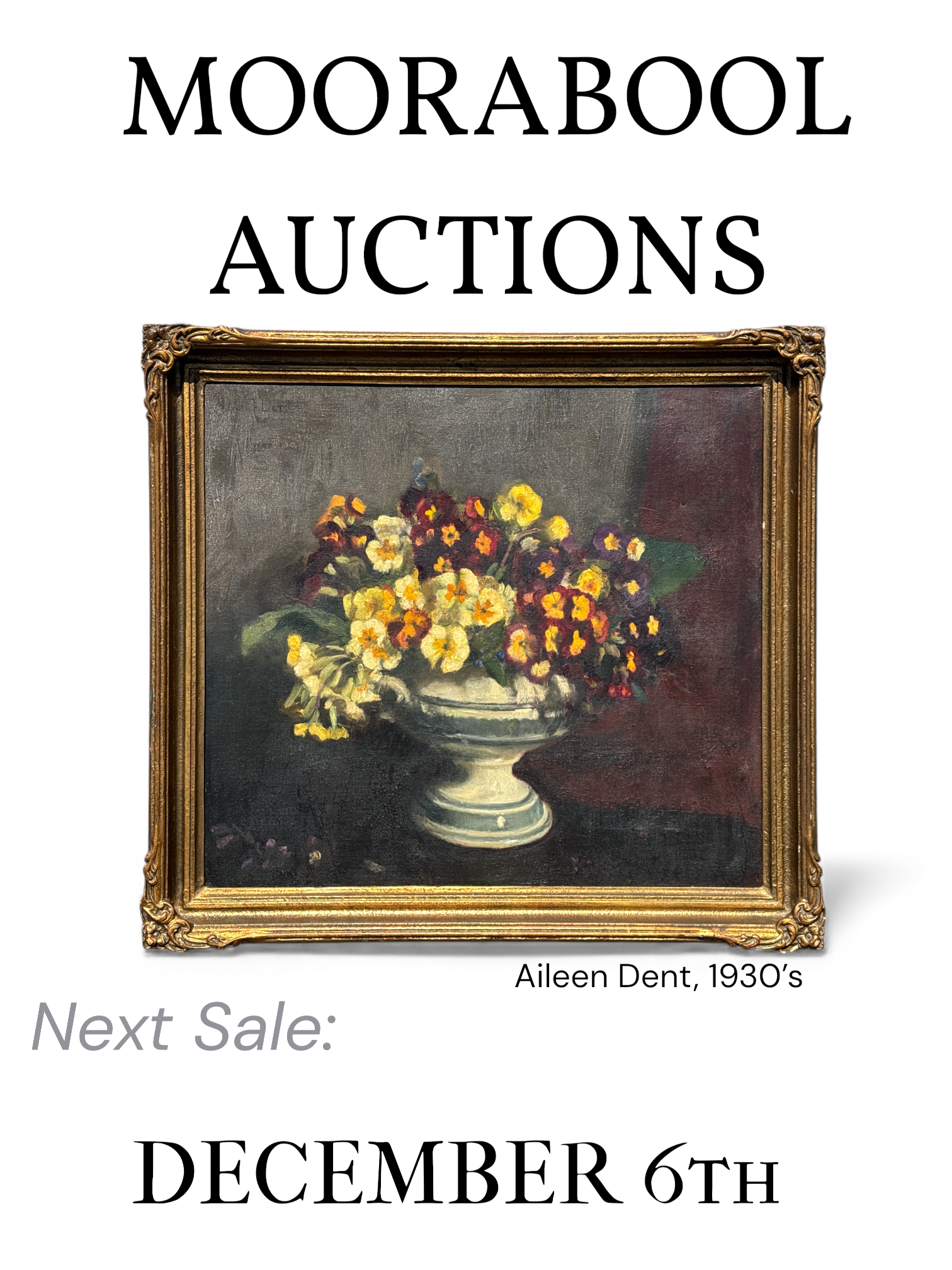Theatrical Tinsel print of Sir Rowland Trenchard, Published by J. Redington, c.1850
Sold
Victorian Theatrical lithograph with watercolour hand-painted, depicting Sir Rowland Trenchard in 18th century costume, sword in hand, a fortress with two dulling figures in the background.
Titled below:
“SIR ROWLAND TRENCHARD / London Published by J. REDINGTON 73 Hoxton Street, Formerly called 208 Horton Old Town”
Circa 1850
Frame: 26 x 21cm
Good condition, in old mint with slight ripple to paper
Dating to the earlier 19th century, a ‘Tinsel’ picture was a theatrical image of a stage character of the time, available as either plain for a penny, or coloured for tuppence. They were then enhanced with ‘tinsel’, tinfoil cutouts, glittery beads and scraps of cloth, as a home project, aimed at the children in need of entertainment.
This example is not embellished, just coloured.Sir Rowland Trenchard was a character from William Harrison Ainsworth’s novel ‘Jack Sheppard’. This was a historical romance about the 18th century celebrity-criminal, Jack Shepherd. In the story, split into three periods, Trenchard comes from the central portion, where he is raising his nephew, Thames Darrell. However, he is described as ‘immoral’, and has his charge removed into the care of a Mr Wood – who also fosters the young Sheppard, thus entwining their lives in preparation for the third part, where Sheppherd turns to a life of crime and his foster mother is murdered by one of his thief companions in a staged break-in… after multiple captures and escapes, Sheppard is finally captured and hung before a large crowd of Londoners….. roll end credits.
It was published in parts in Bentley’s Miscellany from January 1839 until February 1840. Charles Dickens was Ainsworth’s friend at this stage – and the editor of Bentley’s, where he also ran his stories. However, this friendship soured rapidly after the runaway success of Jack Shepherd: while it eclipsed Dickens’ most popular novel, ‘Oliver Twist’, it wasn’t envy that drove them apart, but controversy about the values being depicted in the works. While Dickens is a great ‘moralist’, eager to balance the dark deeds of his villains with redemption, often as a tear-jerking end scene, Ainsworth was more realistic: critics condemned the ‘unredeemed crimes’ in this “evil work of popularity”, which has “now gone to its cradle in the cross-roads of literature, and should be henceforth hushed up by all who have—as so many have—a personal regard for its author.”. What would these critics make of the average Netflix drama these days!
Dickens and Ainsworth were no longer friends, the price Ainsworth paid for his popularity. The stage play of the novel was presented right away in 1839, while the novel was still popular. It opened at London’s Adelphi Theatre – the same popular West End venue still hosting the latest shows to this day. This was the first of many shows mounted over the next few decades – but due to the controversy, and the fear of polluting the minds of vulnerable audiences and turning them to a life of crime – the Lord Chamberlain slapped a 40-year ban on the play being held in London under the well-known title! No doubt this controversy contributed to the work’s popularity, much as bans do today to a modern audience – they make greater demand to see what the controversy is about.
This print is typical of the mass-market souvenir produced for this once popular piece of pop-culture.
And identical engraving in the National Trust’s collection: http://www.nationaltrustcollections.org.uk/object/717443.1
| Condition | |
|---|---|
| Size | |
| References |
Sold - let us find you another










